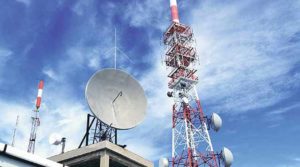
The Telecom Department on Friday released licence guidelines for virtual network operators, opening the door for new class of players which will act like retailers for telecom service providers.
“After considering the recommendations of Trai on VNO, the government has decided to grant Unified Licence VNO (UL VNO),” DoT said in the licence guidelines.
The Virtual Network Operators will be entities providing telecom services like mobile landline and internet but only as retailer for full-fledged telecom operators such as BSNL, MTNL and Airtel etc.
The entry of VNOs is expected to push down cost of providing telecom services for companies and even give them room for cutting down tariffs.
“VNO shall use underutilized telecom infrastructure of national telecom operators. This will reduced cost of ownership on telecom companies to provide telecom services at more affordable rates,” internet firm Bluetown’s Country Managing Director Satya N Gupta said.
For obtaining UL VNO, interested companies will need to pay a one-time non-refundable entry fee for authorisation of each service they want to provide and for each service area where they wish to operate.
“The total amount of entry fee shall be subject to a maximum of Rs 7.5 crore,” the guidelines said.
